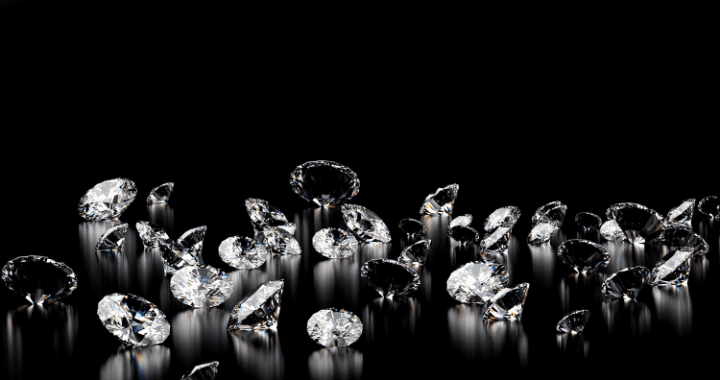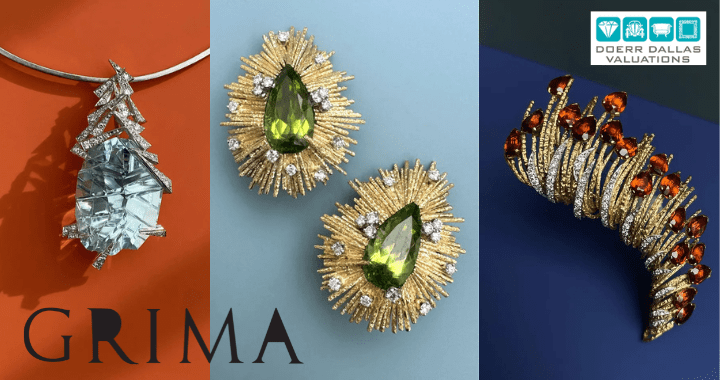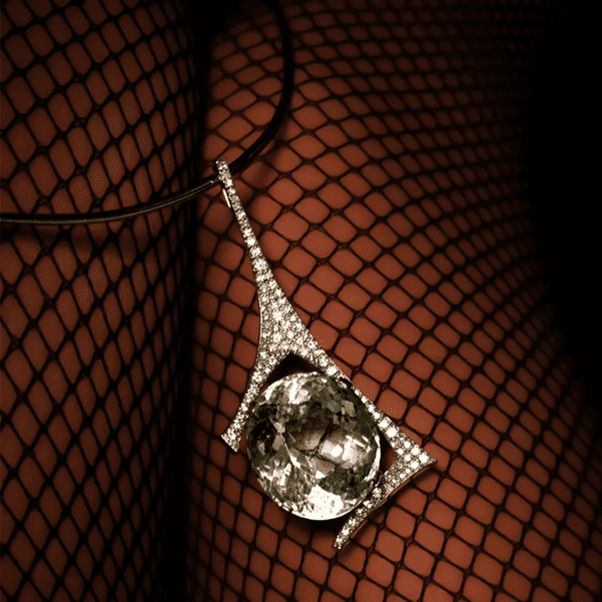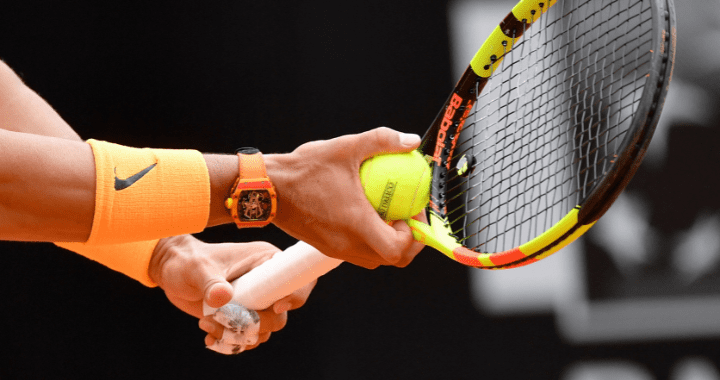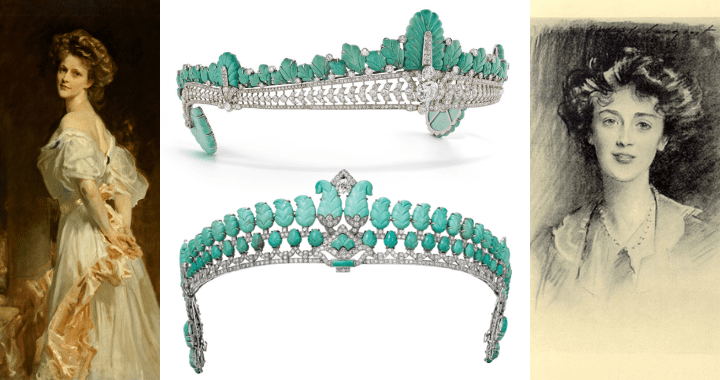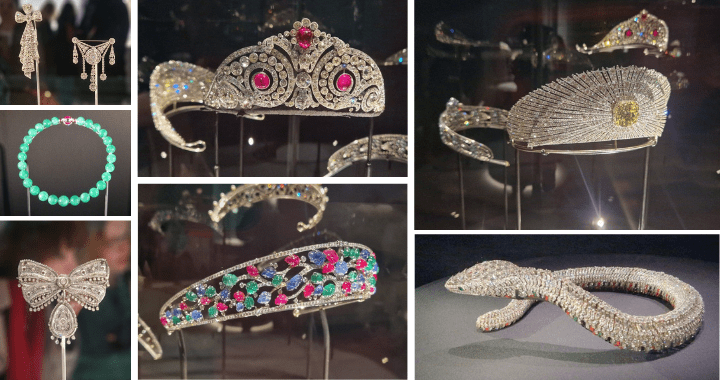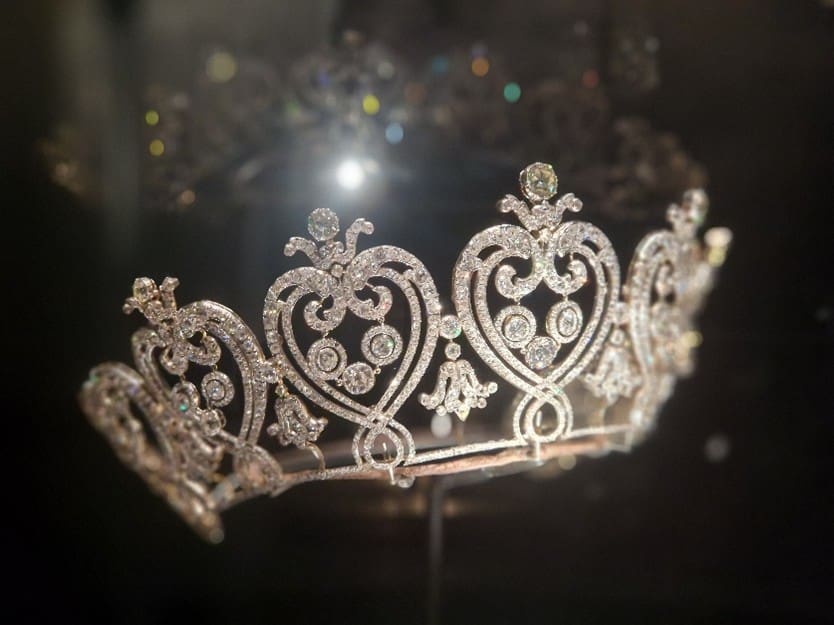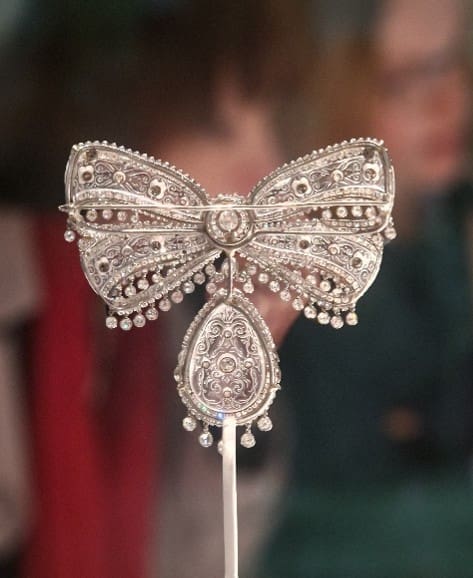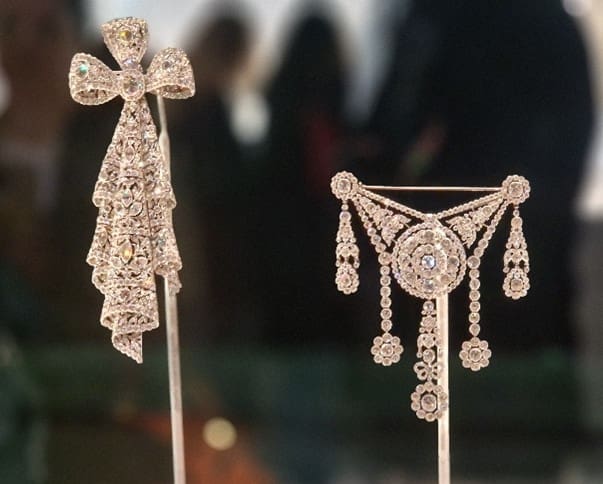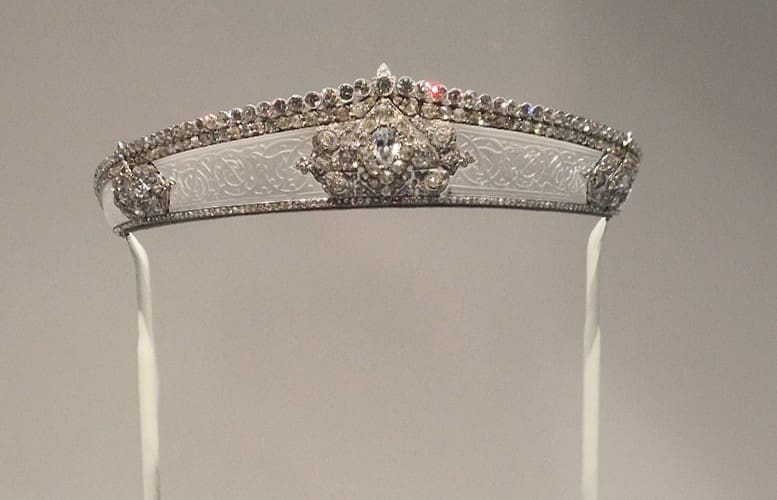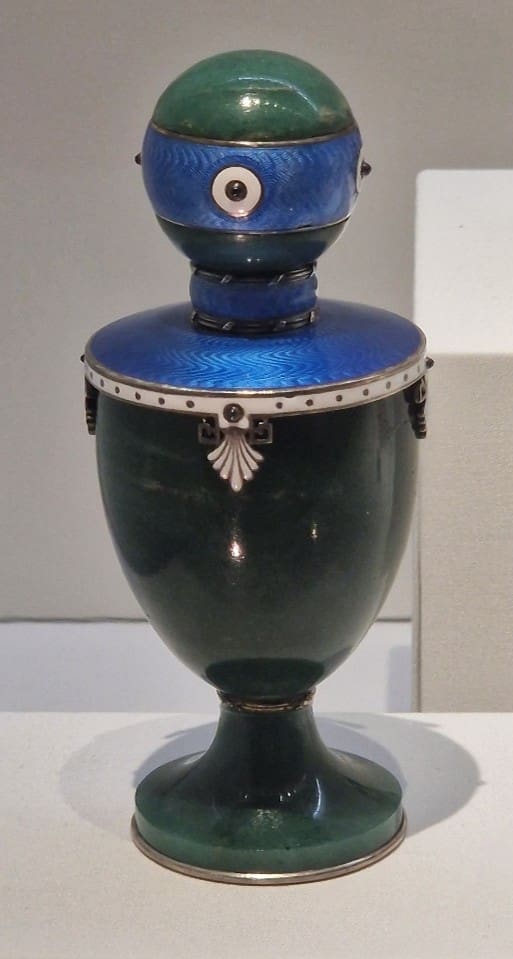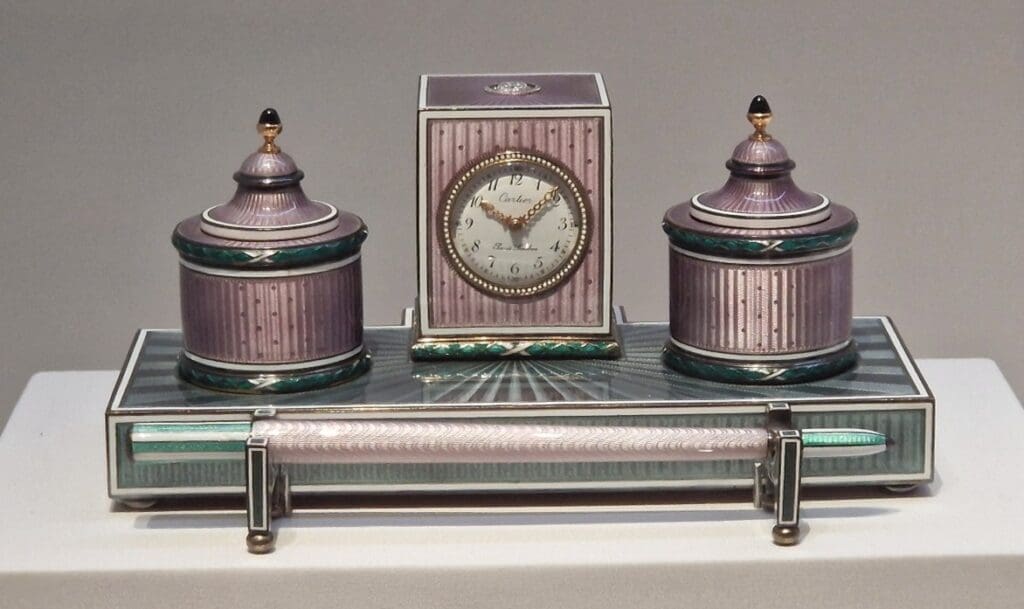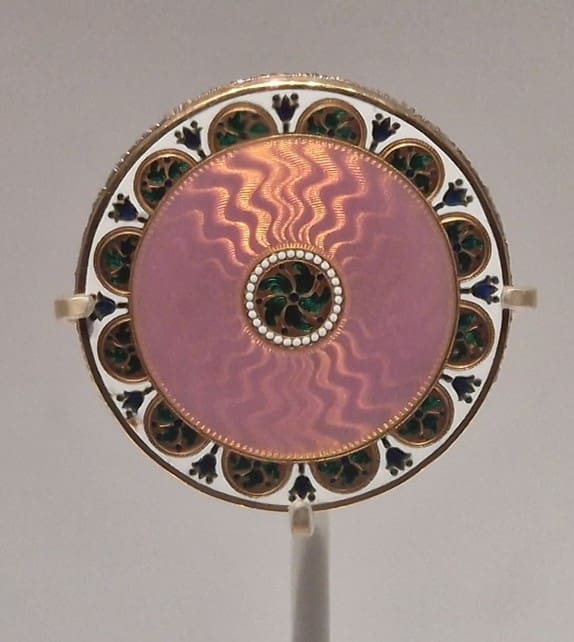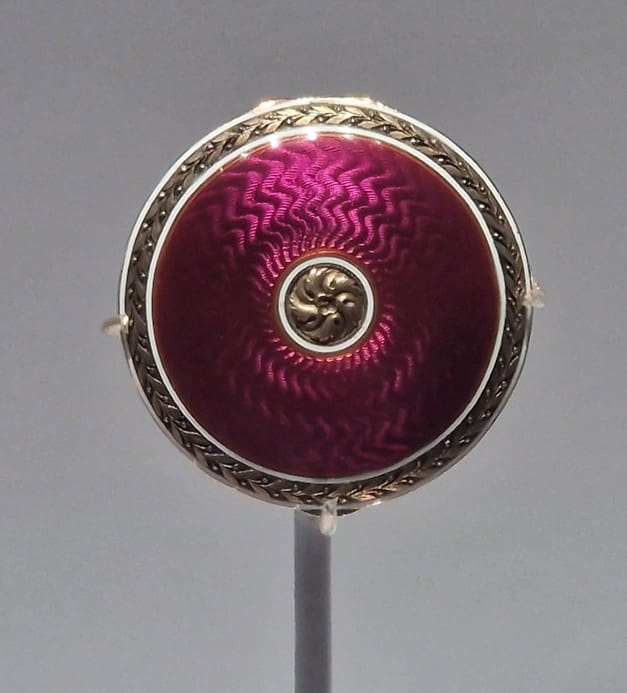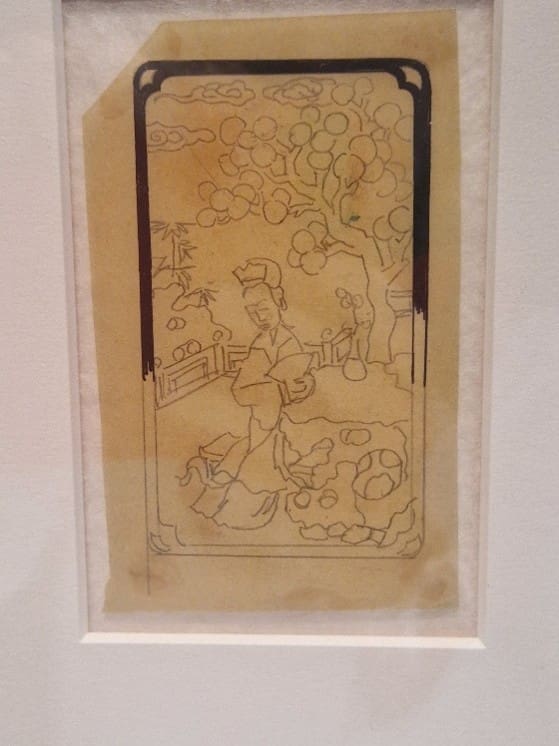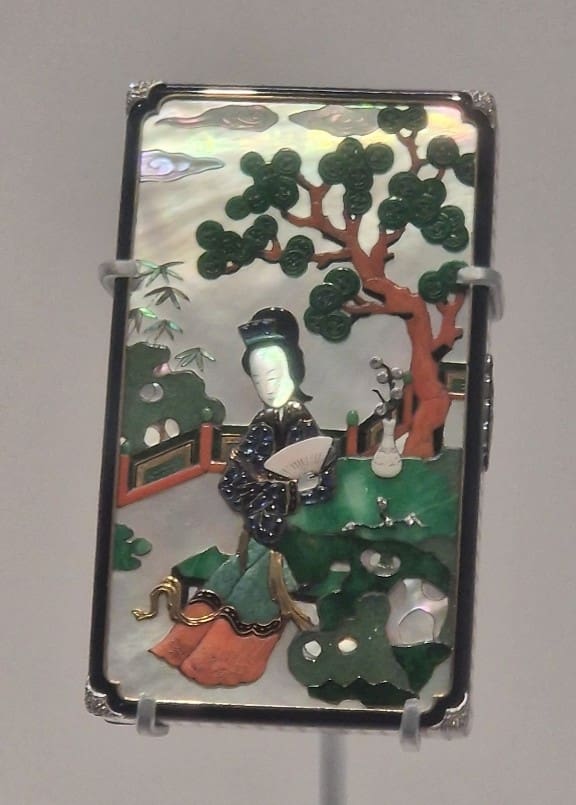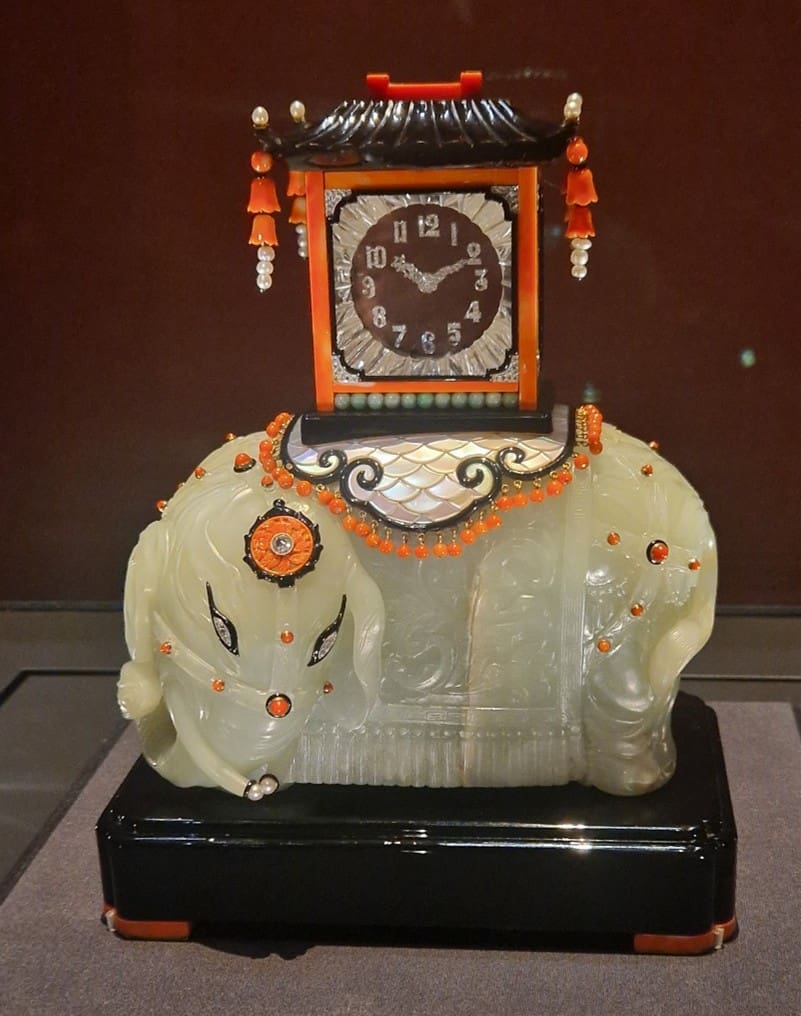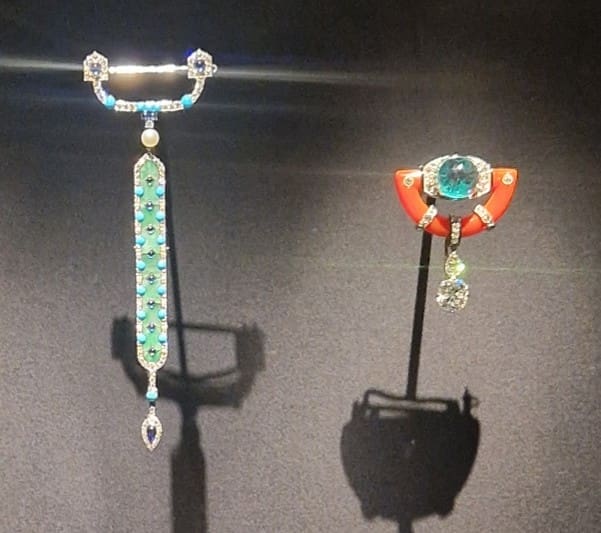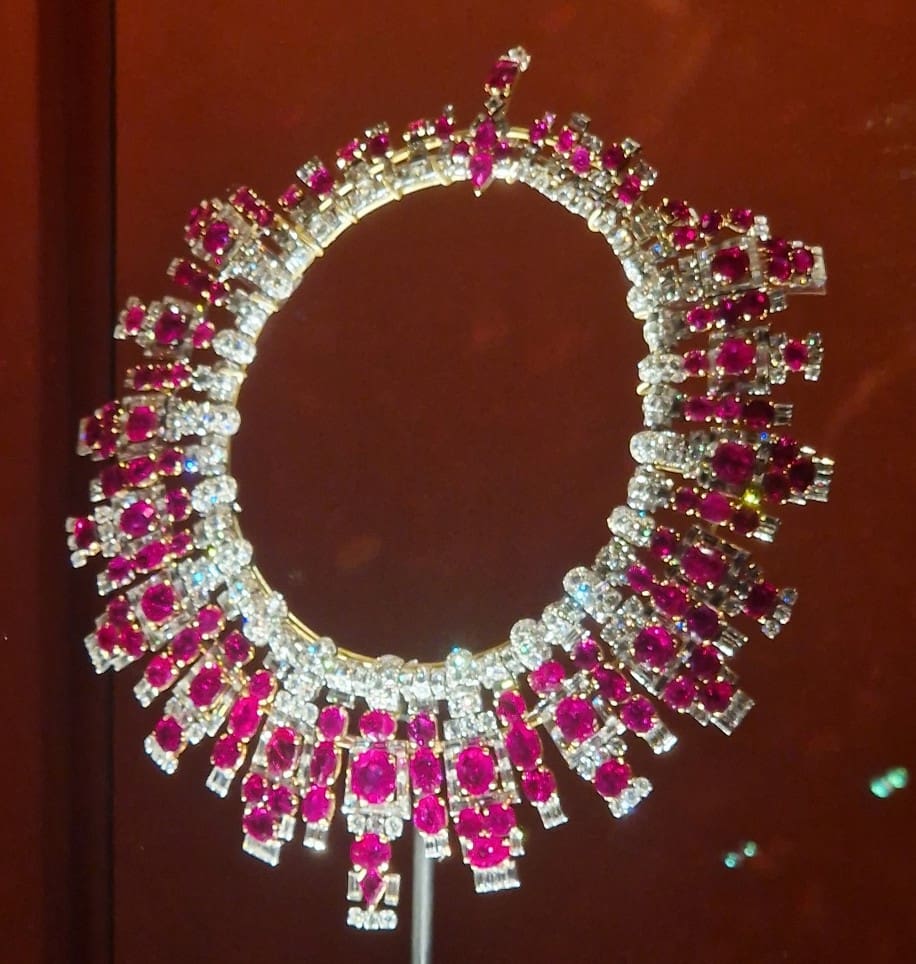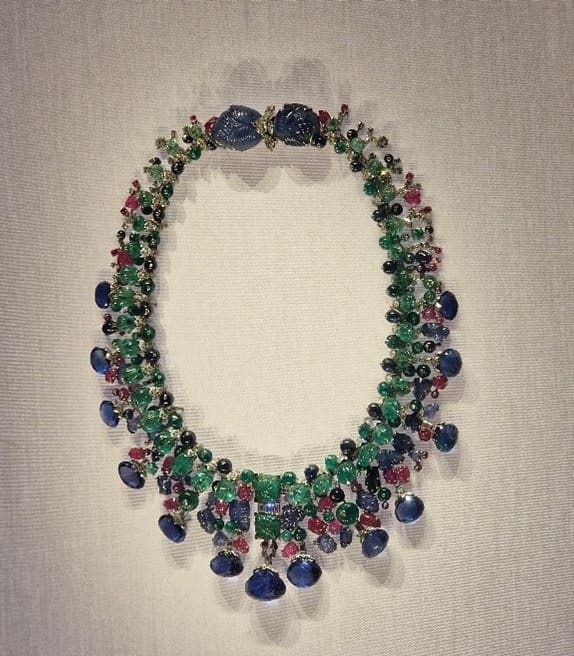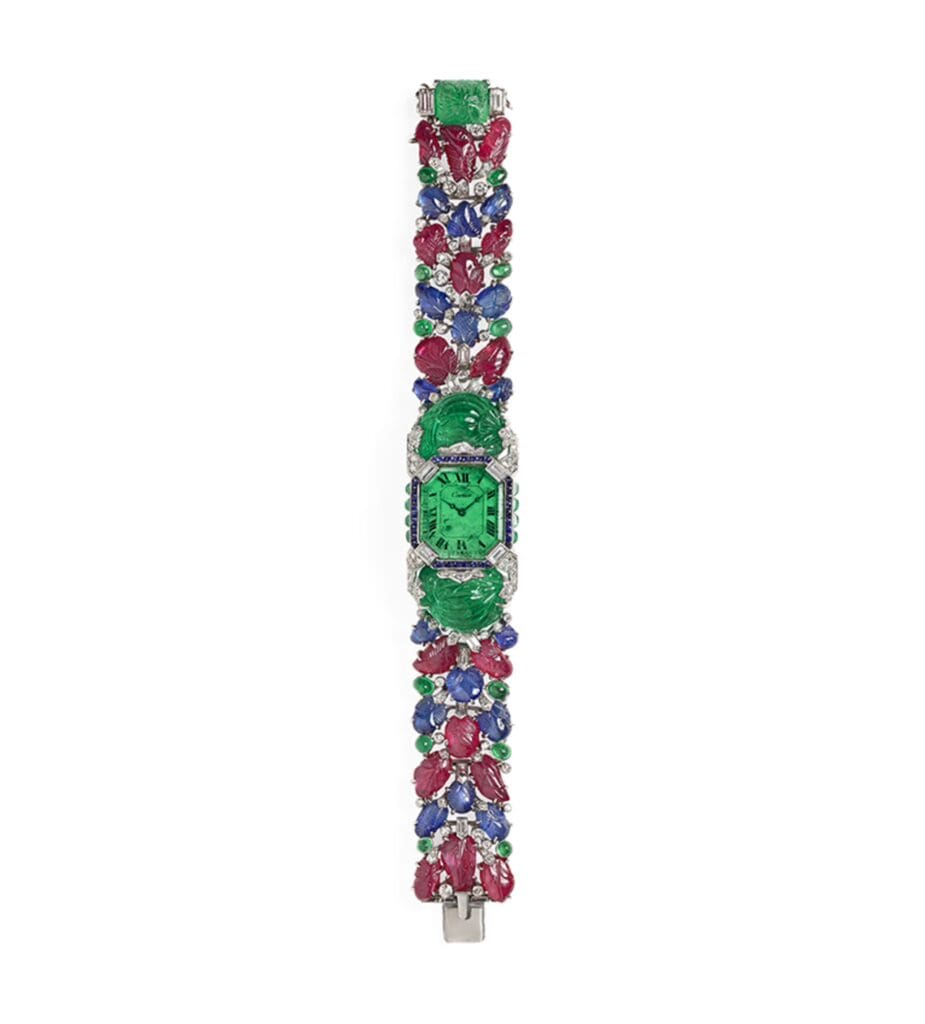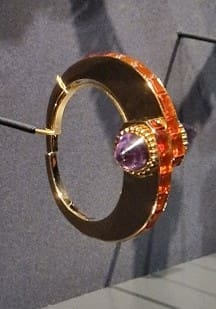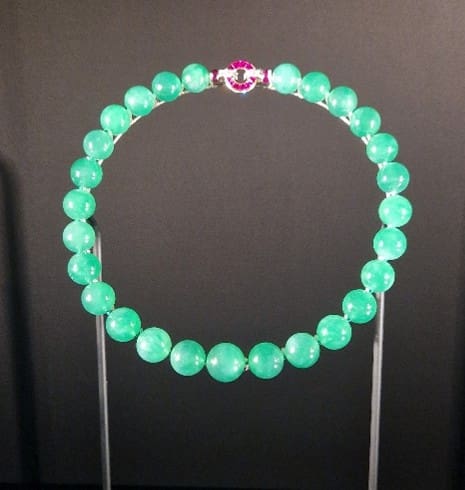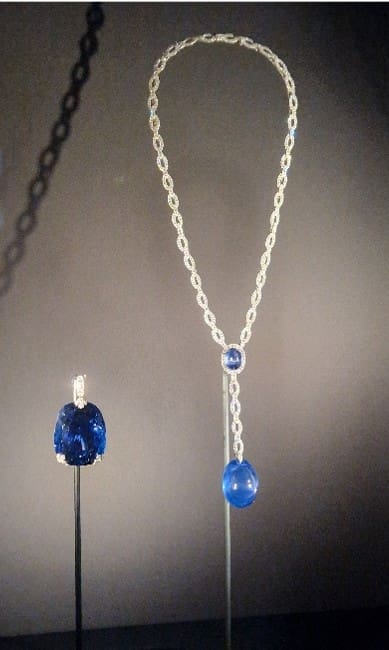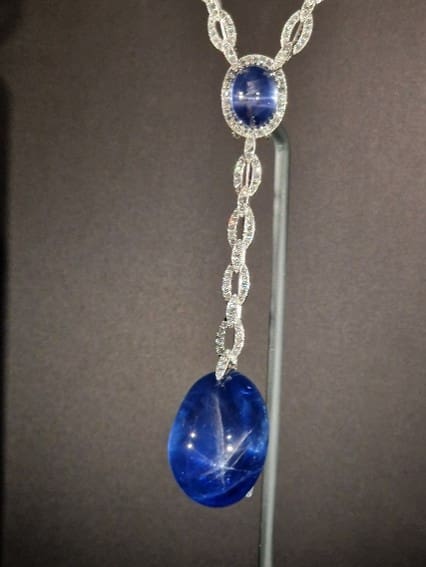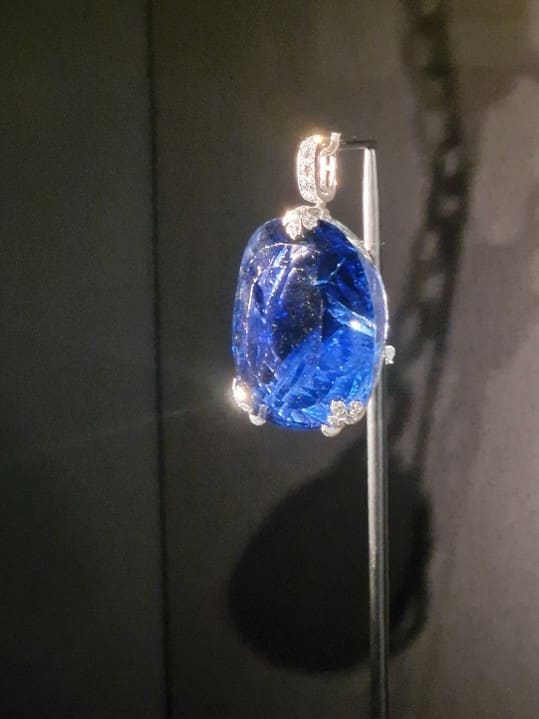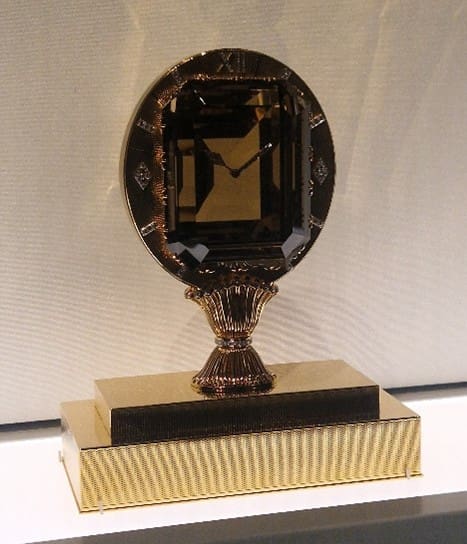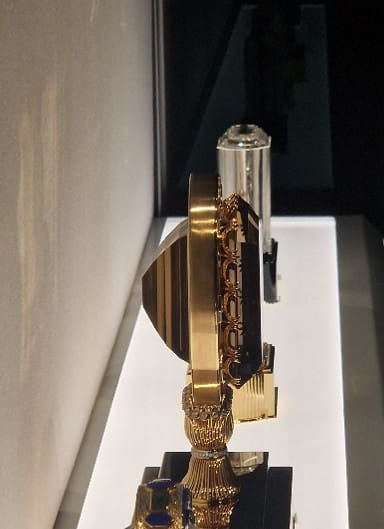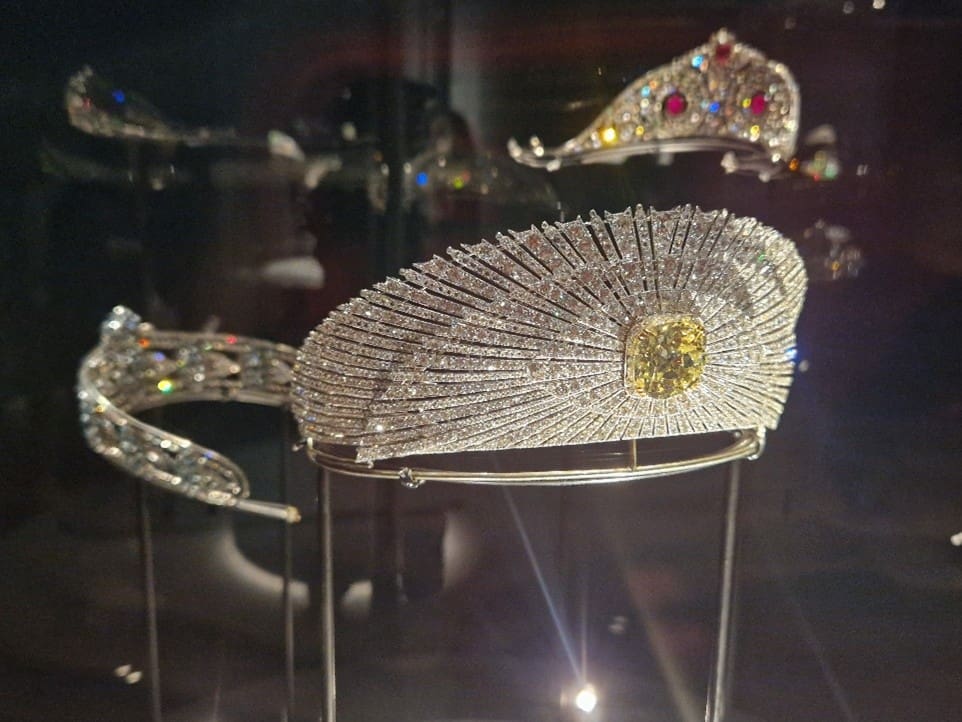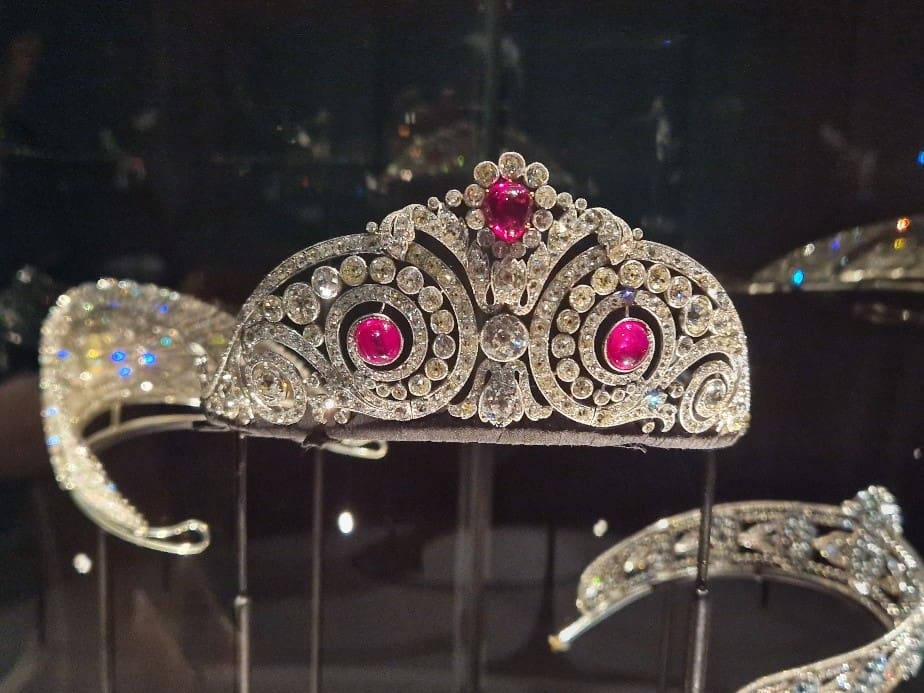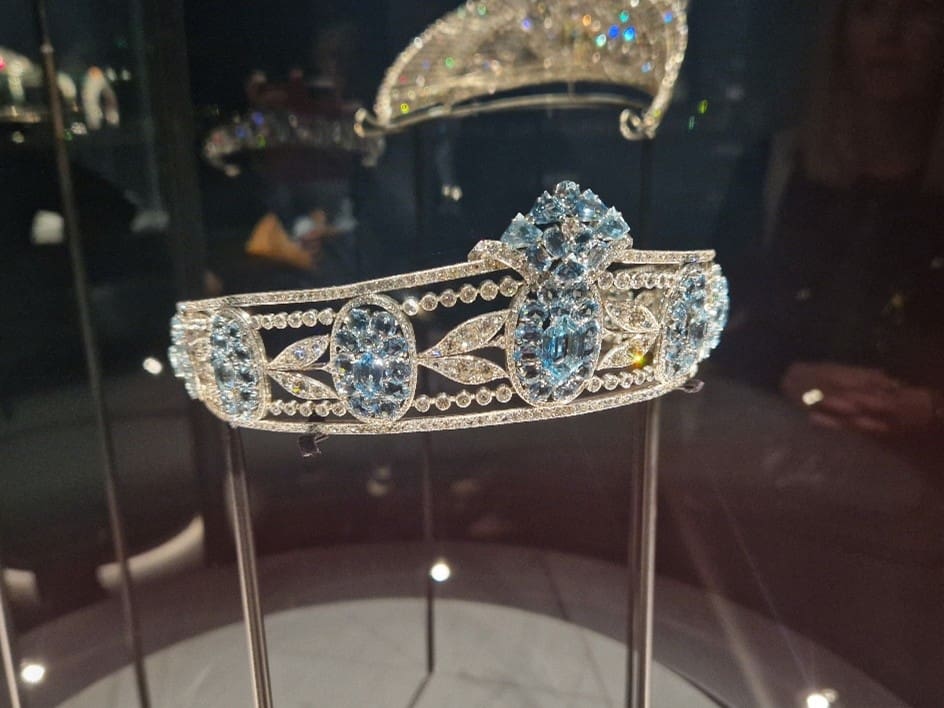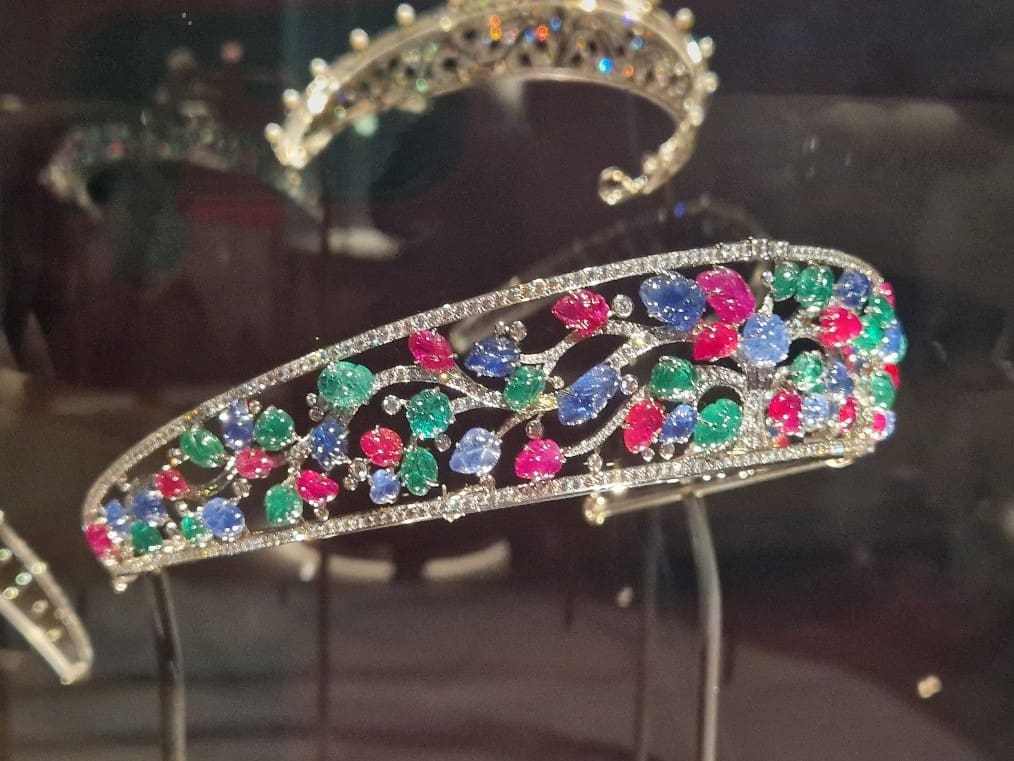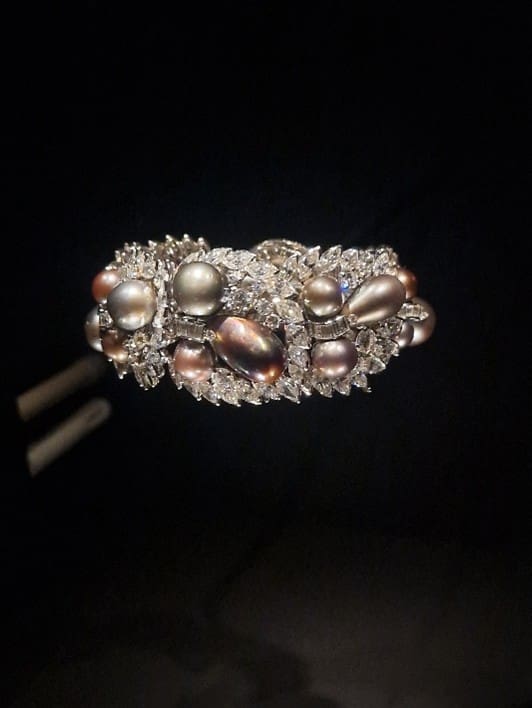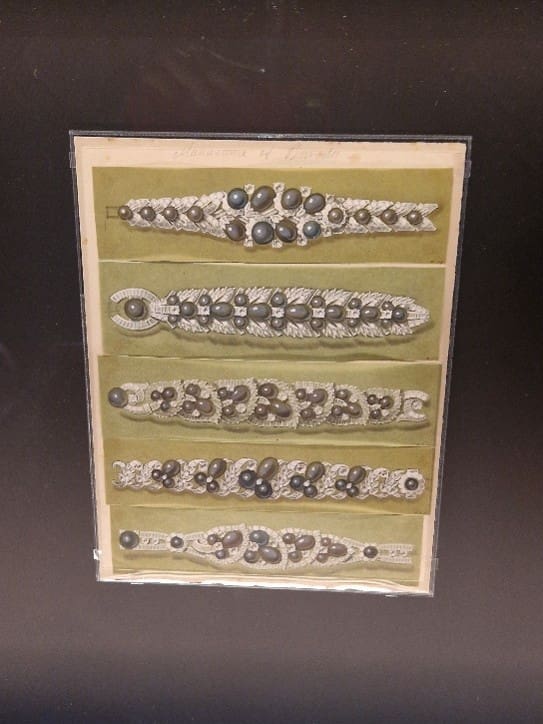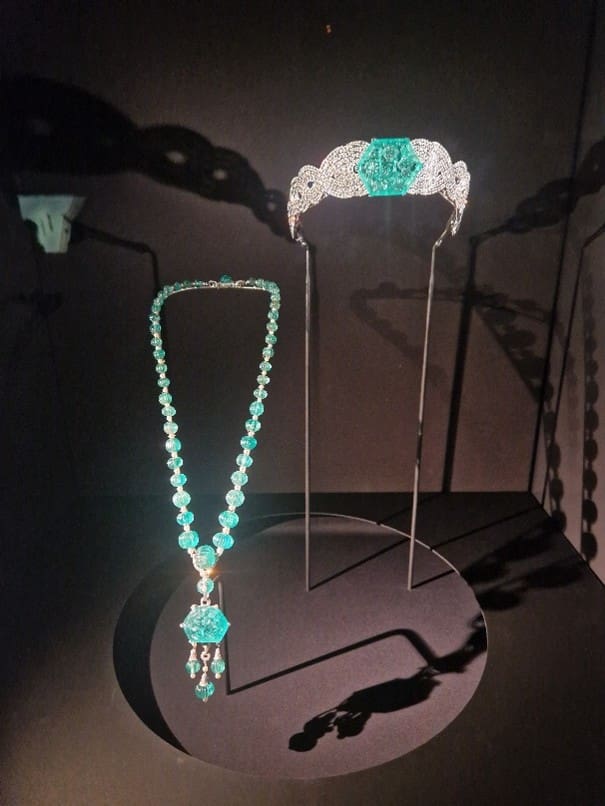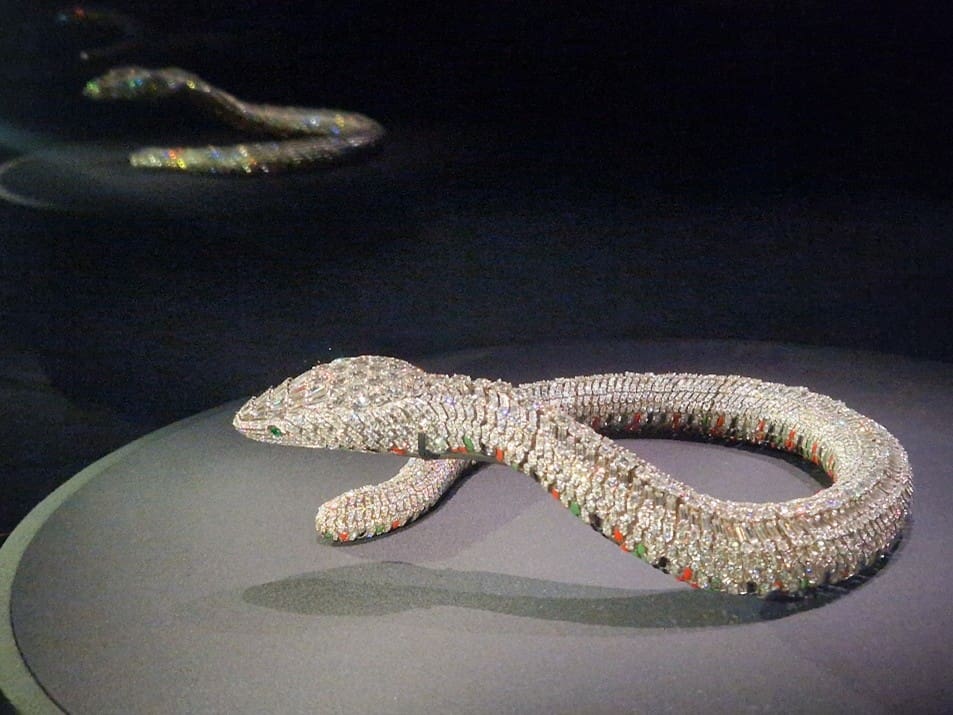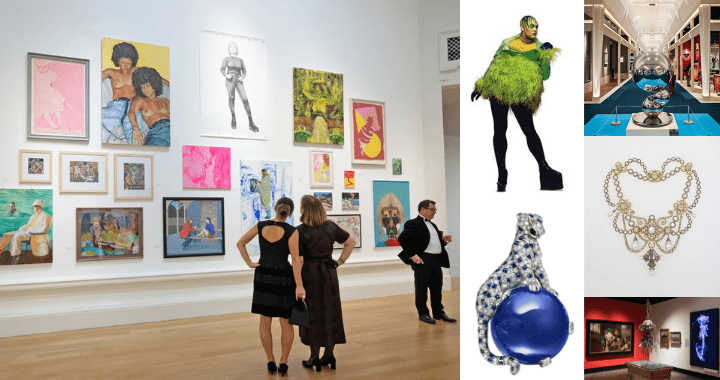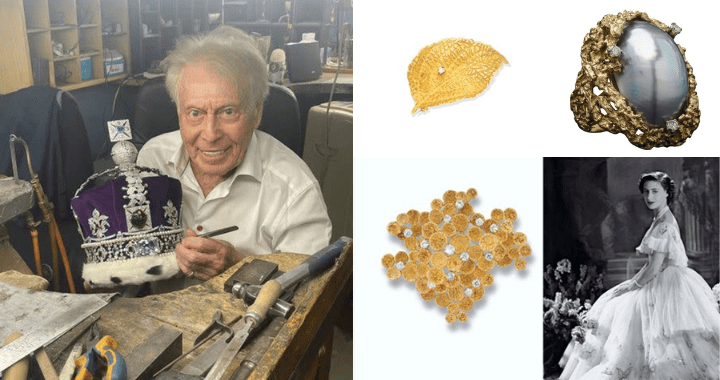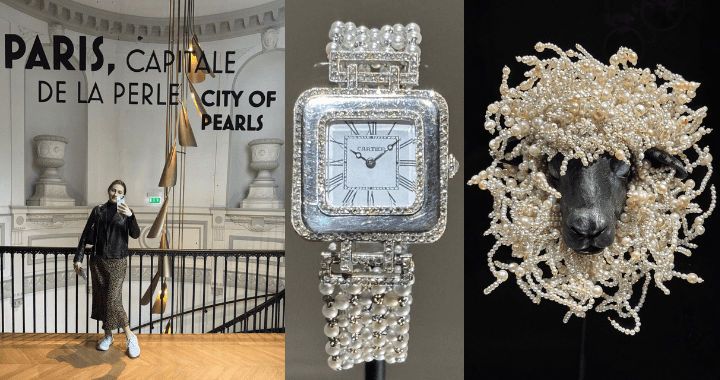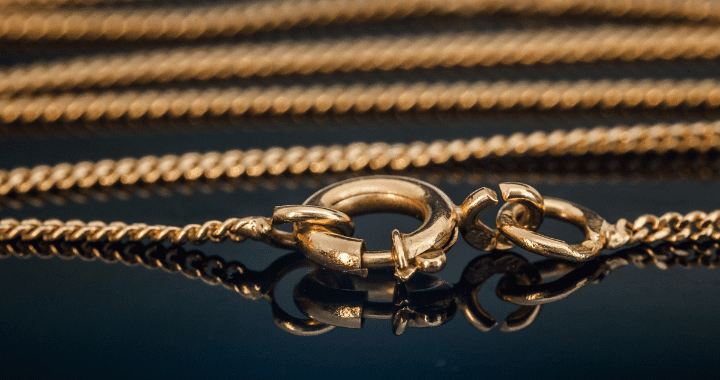Friday marked an important day in diamond and jewellery trade worldwide. The Trump administration’s tariffs were imposed from August 1. These will have a major impact on diamond and gemstone importers, exporters, and jewellery making countries.
Though the deadline for implementing the new tariffs was extended from July 9 to August 1, the threat to the market remains. The extension was “necessary and appropriate” said US President Donald Trump in an executive order, to continue discussions and negotiations with all continents. There does not appear to be any further suspension of the implementation of the tariffs.
So what does this mean for most countries?
Whilst there were discussions over 10% tariff on EU goods imported into the US it is unclear whether or not this was applicable to diamonds and the Antwerp World Diamond Centre is still working on getting answers. “There is still no official confirmation yet on which specific products may be excluded from these tariffs”, stated the AWDC. For now, the tariff has been set at 15% for EU countries.
What of other countries such as South Africa, India and Israel? In 2016, Israel’s total export was constituted of 23.2% of cut diamonds. This is the country’s biggest export product and represents 12% of worldwide production of cut diamonds. Israel exports their diamond to the United States accounting for 36% of overall Israel export diamonds, making it the largest market for polished diamonds. Followed by Hong Kong with 28% and then Belgium with 8%.
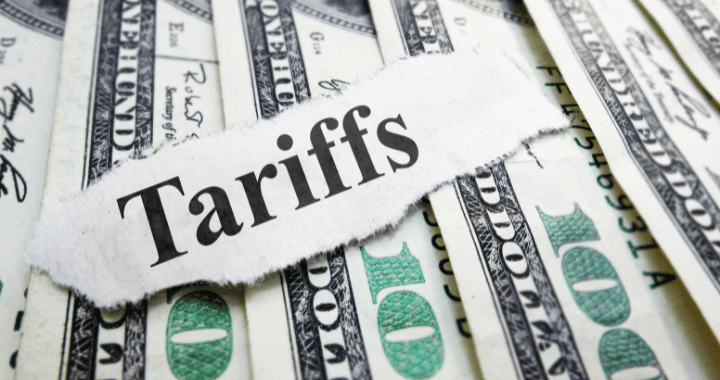
It is said that 90% of cut diamonds come from India. If you’re wearing a piece of jewellery which is set with a diamond, chances that diamond has been cut in India. The Trump administration confirmed that on top of the baseline 10% rate, the US will impose a further 25% tariff rate on all goods coming from India. This is a huge blow for the country. The US represents its biggest importer of polished diamonds. Of course, this trade war is yet another tactical move to destabilise Russia. How so? Donald Trump explained on the Truth Social platform: “Remember, while India is our friend, we have, over the years, done relatively little business with them because their tariffs are far too high, among the highest in the world, and they have the most strenuous and obnoxious nonmonetary trade barriers of any country,” he stated. “Also, they have always bought a vast majority of their military equipment from Russia, and are Russia’s largest buyer of energy, along with China, at a time when everyone wants Russia to stop the killing in Ukraine. India will therefore be paying a tariff of 25%, plus a penalty for the above, starting on August 1.”
These punishments will be hard-felt by countries such as India. They will also impact South Africa and Thailand. South Africa, home to De Beers Group diamond mine, will be hit by a 30% increase from its current 10% tariff. And Thailand’s rate will go up from 10% to 36%.
It is inevitable that this will have an impact on all those who trade in the jewellery industry, but also, of course, for consumers. This will undoubtedly make its way to the bottom line and what consumers have to pay for any product set with diamonds, coloured stones, precious and even semi-precious metals. Some might argue that De Beers Group will have to rethink the stock it holds and perhaps sell its diamonds at a discounted rate. However, sceptics do not account for desirability which has, for some, no price. As in all period of crisis, some things remain the same. Death and taxes! But on a lighter note, anniversaries, birthdays and engagements will continue to come. And while some might trade in a diamond for a slightly less exuberant purchase, most will continue to purchase diamonds and coloured stone jewellery. Whatever the occasion, a “diamond is a girl’s best friend”.
Update 7th August 2025
The Trump administration had announced a 25% tariff on all Indian diamonds imported in the United States. That tariff was said to be subject to extra penalties. These were unclear and vague until recently.
Yesterday, the Trump administration announced a 50% tariff on all diamonds imported from India. “It’s a very black day for the gem and jewelry sector,” Kirit Bhansali, chairman of India’s Gem & Jewellery Export Promotion Council (GJEPC), told Rapaport News on Wednesday.
India is being penalised for buying Russian oil and “There is no immediate solution.” How any country is supposed to thrive, or even survive with such penalties has yet to be determined.
India is hopeful that a US representative will visit the country in the next few weeks to discuss any possibility of revisiting this new tariff. The consequences of this tariff will be felt worldwide with a ripple effect at every echelon of the jewellery and diamond trade. As a reminder, 11 out of 12 diamonds are estimated to be cut in India. This includes diamonds of all shapes and sizes, whether bought on a local market or through the most luxurious brands.
Just as the diamond trading world focuses all its efforts into marketing natural diamonds, promoting and explaining the differences with synthetic diamonds, these sanctions will not only impact India, who deals with natural diamonds, but will most certainly have a drastic effect on the synthetic diamond market as well. I suspect the tariffs will indirectly boost synthetic diamond sales, just as prices are crashing.
The real question is who will benefit from these tariffs? Most certainly not the American people who now won’t be able to afford the precious diamond jewel they had set their eyes on. It would appear that neither consumer nor dealer will benefit. Of course, luxury brands and traders could put their prices up. But that is not sustainable and they will eventually lose a great share of their market. Whether selling smaller diamonds or larger, of 2 carat and over. Currently, the most profit is being made in the sale of the slightly smaller round brilliant-cut diamonds, around 1ct to 1.5 carat. The slightly larger diamonds, of pear or oval shape for example, are seeing higher prices due to a shortage, and so dealers are having to reduce their margins. So what will an extra 50% do on these margins? “[A rate of] 25% was also difficult, but this is beyond [our] control” says Banshali, chairman of the GJEPC.
The turmoil is only just beginning for jewellery trade but I am hopeful more negotiations will stabilise the markets in these volatile times.






